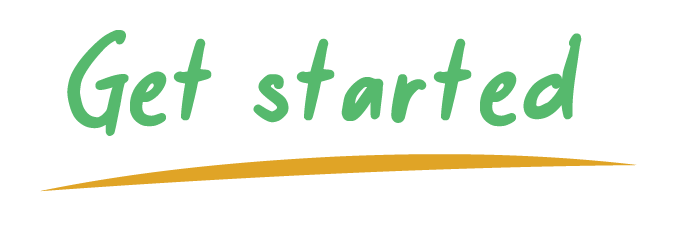A little about this resource
It all began with an idea: we wanted to make it easier to solve problems within our own school communities. We built this website to make what we learned more accessible, in hopes of scaling bright spots at other schools.
What happens when you move from “how might we?” to “how are we?” From “what’s wrong here?” to “what’s right here, already?”
In 2020, the K12 Lab began exploring positive deviance, a community-driven problem solving approach that looks to local positive outliers for sustainable, scalable solutions to intractable problems. The team included Jess Brown, Marc Chun, sam seidel, Peter Worth, and Devon Young.
Our goal was to explore how positive deviance, through the lens of human-centered design and equity, might complement measurement, improvement practices, and pedagogical approaches educators are using, to make it easier for school communities to use data to create more equitable learning environments.
With the generous support of the Bill and Melinda Gates Foundation and the Chan Zuckerberg Initiative, we developed a 10-week virtual professional learning fellowship to test prototypes and tools related to the application of positive deviance in a school setting. This was attended by 15 school teams from nine countries and we collected the resulting resources in a self-guided free Positive Deviance Toolkit for Educators.
We offer a detailed overview of the history of positive deviance here, and are grateful for the work of Marian Zeitlin and her colleagues at Tufts University Friedman School of Nutrition Science and Policy for their foundational work, and for Richard Pascale, Monique Sternin, and Jerry Sternin for their 2010 book The Power of Positive Deviance: How Unlikely Innovators Solve the World’s Toughest Problems, which inspired our team in this project.
We are also grateful for the expertise and input of educators and changemakers who inspired and informed this work along the way:
Our Lab colleagues Susie Chang, Jathusha Mahenthirarajan, Laura McBain, and Ariel Raz.
Our advisors: Monique Sternin, whose wisdom and expertise seem matched only by her generosity and humility, Michelle Beddo, Pamela Cheng, Ben Daley, Julie Goo, Bob Lenz, Emalie McGinnis, and Manasa Yeturu.
The many content experts and practitioners who reviewed the tools and bright spots that emerged and helped push our thinking: David Adams, Eric Boberg, Marvin Espinoza, Carole Gallagher, Maya Green & the Student Voice team, Laketta Jackson, Paul Kim, Meghan McDuffie, Kelly McMahon, Victoria Muradi, Erika Murray, Michelle Poirier, Zena Price-Broncucia, Ana Saavedra; Darry Strickland, Marthaa Torres, Chelsea Derlan Williams, Savannah Windham, and Susie Wise.
The EdFirst team for support in helping us share this work more widely.
Dan Heath and Becky Margiotta for helping spark the Lab’s awareness of positive deviance.
And of course, the school teams and educators who joined us to prototype and learn together as we developed the toolkit.
Interested in learning more?
Download the free Positive Deviance for Educators Toolkit to get started.









